4 lessons about the “make-or-break year”
Students are most likely to drop out during their first year on campus, so ensuring they receive thoughtful support early and often should be a top priority for all college leaders. Starting college can be overwhelming, and common academic, financial, and personal challenges can make it hard to stay on track. Standard best practice processes like clear communication, helpful advising, access to financial aid and basic needs, and opportunities to get involved on campus all make a difference in helping students succeed.
This is especially important for community colleges, where about 32% of first-time, full-time students leave school before their second year; the drop-out rate is even higher for part-time students at 55%. Intentional strategy around the first-year experience ensures more students stay enrolled, graduate, and reach their goals.
EAB surveyed over 1,500 first year community college students to learn more about their experiences and the challenges they encountered. The findings can help colleges adjust recruitment strategies, strengthen support services, and improve communication to better match what today’s students want and need.
Read the Full Insight Paper: The Make-or-Break Year
Here are four key things you need to know about what your first-year students are experiencing:
1. Bias Is a Common Part of the Student Experience
We know that a sense of belonging is an important part of keeping students enrolled, especially for those still adjusting to the new environment. Students were asked whether they had experienced bias or exclusion on campus—a third confirmed they had, with physical appearance and the high school they attended being the most common reasons.
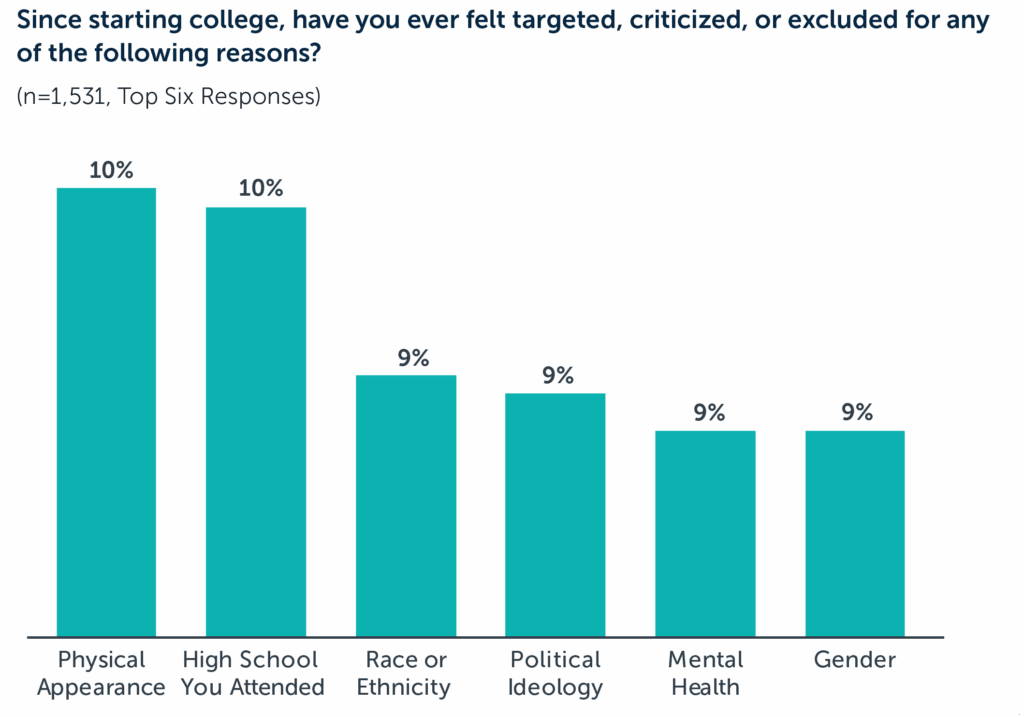
How colleges should respond: Create mechanisms where students can report harassment, model a culture that promotes representation, and offer easy ways for students to access mental health support.
How EAB can help: Navigate360’s hand-raise feature makes it easy for students to ask for help right from their phones—allowing them to virtually signal when something doesn’t feel right. In addition, EAB’s survey and polling tools help colleges regularly check in on student belonging across campus and quickly connect students who feel excluded or marginalized with timely support and resources.
Learn How to Boost Student Engagement with Easy Polling and Survey Tools
2. Students Are Seeking Friendships and a Place to Belong
Many students felt let down by their social experience in their first year. Forty percent said not making friends was one of their biggest disappointments, 42% were unhappy with their social life, and 35% said they didn’t feel like they belonged.
But when students did form strong connections, it made a big difference. One third said making new friends was one of the most satisfying parts of their first year—ranking even higher than meeting with faculty or advisors. Other highly ranked responses included not feeling too stressed out and finding their coursework manageable. These results show that friendships, stress management, and a sense of belonging matter a lot to students, and colleges need to create more ways for them to build those connections.
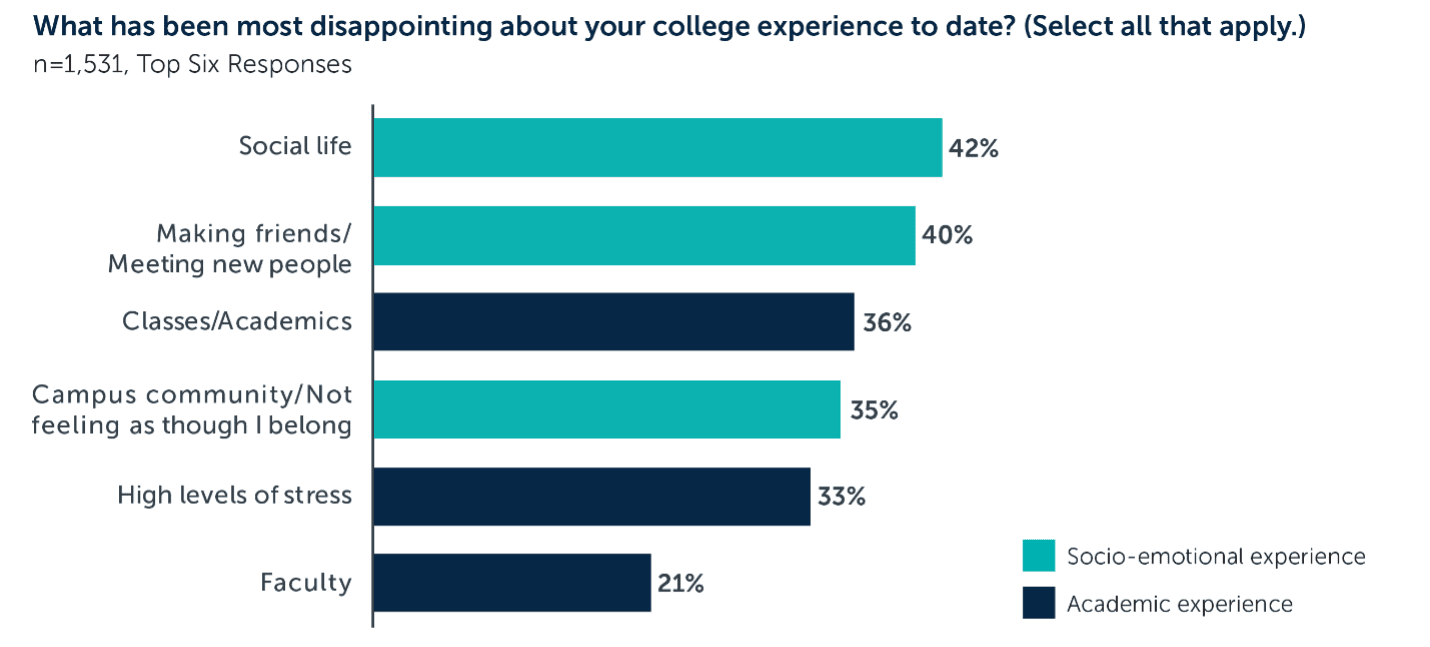
Technology’s Role in Belonging: Tips to Understand and Empower Student Inclusion on Campus
How colleges should respond: Help students who are struggling to make friends by creating more casual, small-scale ways for them to meet people, like drop-in events, hobby groups, or peer mentorship programs. Colleges can also make clubs easier to join by offering flexible meeting times, sharing clear details in their student mobile app, and offering virtual meetings if possible.
How EAB can help: Navigate360 lets you track in-person event attendance and send event communications at scale. The AI Assistant makes it easy for staff to personalize outreach to different student populations at scale, increasing the likelihood that students attend and benefit from events, extracurriculars, and other activities.
How to Tackle the Growing Student Loneliness Epidemic
3. Mental Health Tops Students’ Safety Priorities
Creating a safe campus environment is essential to helping students feel secure, supported, and able to focus on their goals. When students think about their expectations for campus safety, mental health support tops the list—even outranking concerns about past incidents of gun violence or the presence of approachable campus police. Two thirds of students include access to mental health supports, such as counselors, in their definition of a “safe” campus.
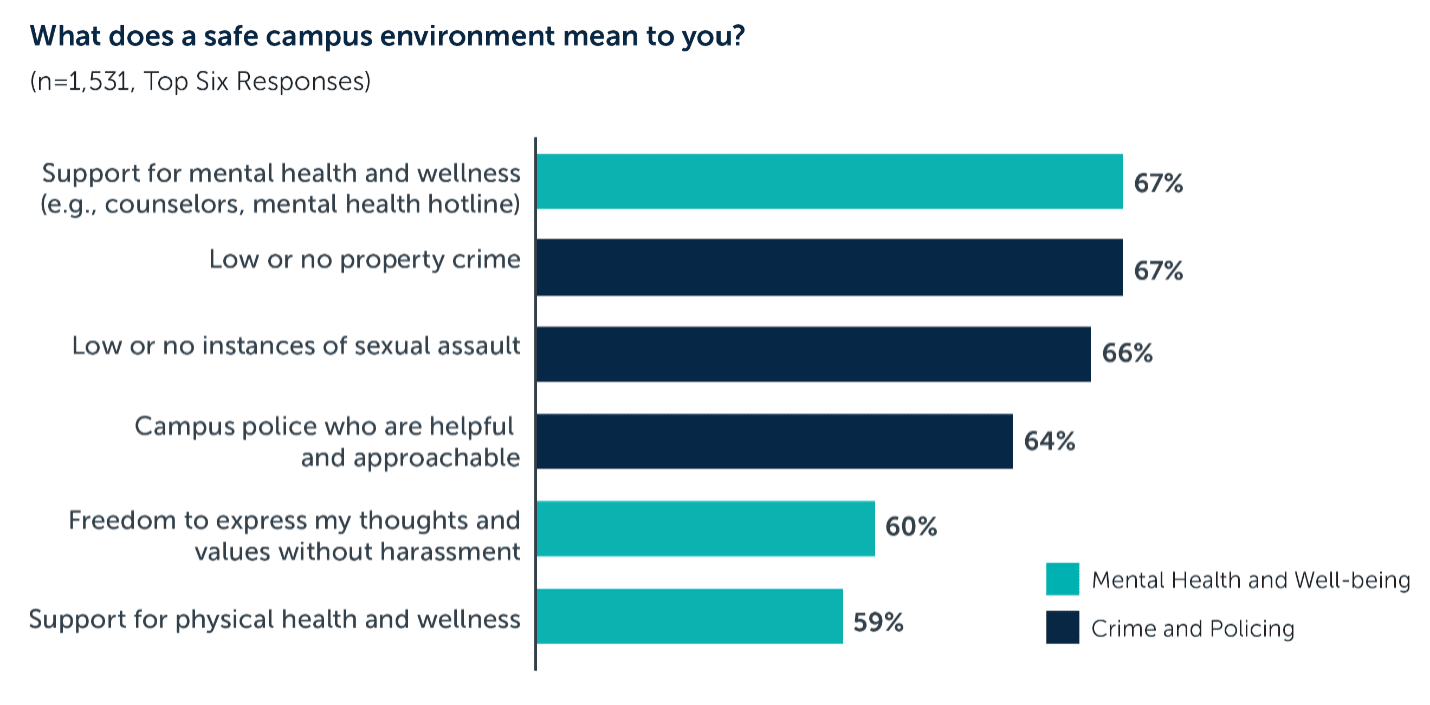
How colleges should respond: To support the rising mental health needs of students, colleges can take a more proactive and flexible approach. This includes using a stepped care model that connects students to the right level of help based on their needs, along with tools like early alerts, check-in surveys, and coordinated care systems to spot concerns early and get students support quickly.
How EAB can help: Navigate360 early alerts help colleges identify students who may be facing challenges, including mental health concerns. When faculty or staff notice issues like missed classes or changes in behavior, they can flag them so support teams are automatically assigned to follow up early and connect students with the appropriate resources.
4 Ways to Bridge the Gap in Your Student Mental Health Services
4. Students Are More Career-Driven Than You Might Realize:
When first-year students were asked what they saw as the greatest value their education could offer, their answers focused on future careers just as much as affordability. Forty-four percent said successful job placement represented strong value, placing it ahead of affordable tuition and generous financial aid. Another third pointed to active learning opportunities such as internships and co-ops.
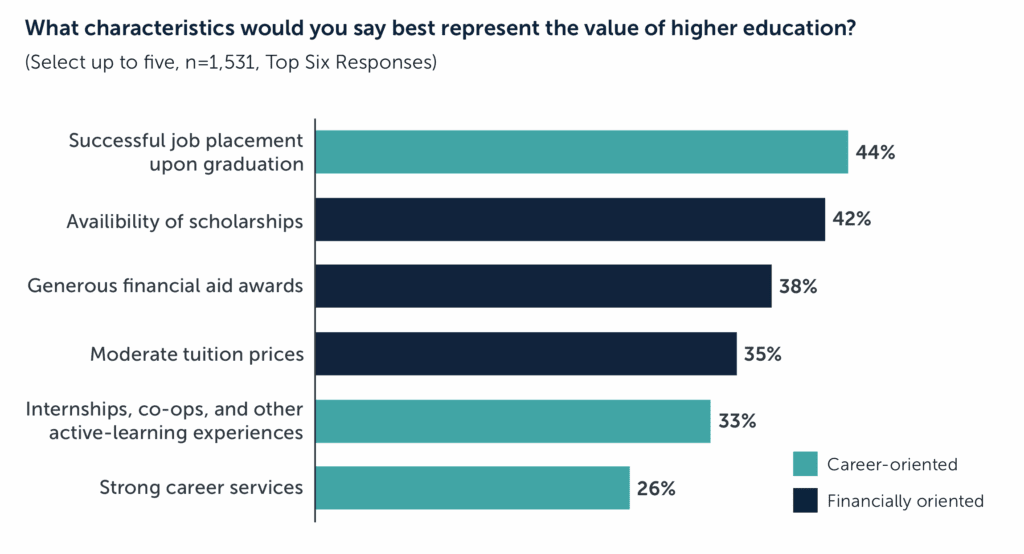
How colleges should respond: Community colleges can help career-focused students by clearly showing how their classes connect to real jobs and by offering hands-on experiences like internships or job shadowing. Working with local employers and using career tools can help students find opportunities and get the experience they need to start their careers.
How EAB can help: Navigate360’s communication campaigns can help promote career preparation activities, while tools like Forage offer virtual job simulations that students can access from home to explore the day-to-day tasks of different careers.
Read More About How Community Colleges Can Deliver on Career Readiness
EAB works with hundreds of community colleges to address the real challenges students face during their first year, from giving staff tools to foster student belongingness to improving access to mental health support. Navigate360 helps staff proactively engage students, personalize outreach, and connect them with the resources they need to succeed.

More Blogs

Four signs it’s time to break up with your student CRM
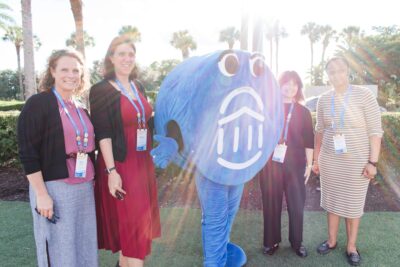
Three lessons from 1,200 student success leaders on higher ed’s future
